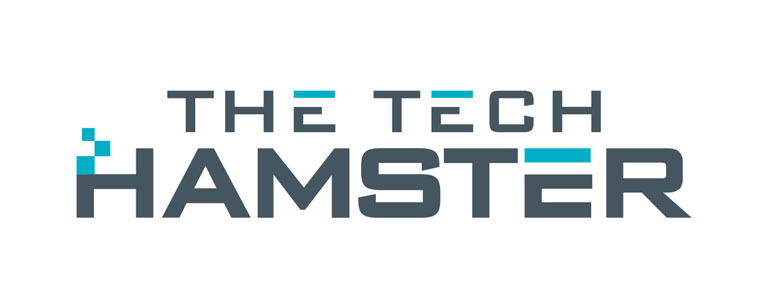Estimated reading time: 4 minutes
Introduction for Operating Systems for Raspberry PI
Now more than ever, you have many options for operating systems for Raspberry PI.This includes the newer popular raspberry pi 400 . We have provided you with an introduction to the world’s most exciting computer. Today, we will give you a breakdown of our most favorite operating systems.
Raspberry PI OS (used to be called Raspbarian)
We would be remiss if we did not start our rundown with this one. Raspberry PI OS is the official default choice for anyone starting out with a raspberry pi project or more seasoned users working on varied projects.
Raspberry PI OS is the perfect choice due to its stability, continuous development, and wide availability of packages. The advantage of this is when you install components of the OS or its packages. In addition, you’ll be safer knowing Raspbarian will easily take care of dependencies on your behalf.
This OS constantly receives regular FREE updates to keep your PI updated and has all the latest options. In addition, there are plenty of guides to help you and a massive amount of content on youtube.
Windows IOT Core (Raspberry PI OS Meets Microsoft)
This is a special version of Windows, and might seem an odd Operating System for Raspberry PI especially written to run on lower-powered IOT boards that generally do not have as much RAM and CPU horsepower as your desktop and laptop would have. IoT Core is also 100 % compatible with the ARM running your PI.
I hear you ask why someone would run windows on a Raspberry PI. Well, the main benefit is familiarity. So many people on the planet already know how to use windows features and crave a familiar interface.
It does not contain all the features of a full copy of windows, and one of the main drawbacks is drivers. It lacks full driver support and may leave you struggling to find ARM support for some hardware.
Ubuntu
With Ubuntu, you have two choices or flavors, as it’s often referred to. First is Ubuntu Core .
To get the best benefits from this, you should use a Raspberry PI 4, as that model will deliver the closest desktop experience and will run well. Ubuntu isis backed with many years of updates. It is also one of the more popular Linux versions around.
The second option is Ubuntu Mate
Ubuntu mate uses the mate desktop experience, is free and open source, and uses the mate desktop, whereas Ubuntu uses the gnome desktop. The Gnome desktop uses a lot more memory to run, and with most Raspberry PIs being smaller in memory size, the Mate Desktop will run a lot better.
OpenSUSE
This is an excellent OS to try installing. It is a more up-to-date kernel (the operating system’s core) and has all the latest, stable applications. However, you may have issues using your Raspberry PI with external hardware. Also, any drivers you need might not work due to the nature of the highly updated Kernel.
One of the most significant advantages of OpenSUSE is that it is continuously updated, so there are no worries about large updates ruining your system. In addition, it is stable, which is an excellent option for working with your hardware.
The current named version of Opensuse available to download is Tumbleweed
FEDORA 37 (Raspberry PI OS Flavored By the most popular Linux)
Fedora has been around for many years after its spinoff from Red Hat.
This latest version, 37, is a bonus for Raspberry PI <link to PI article> and
Raspberry PI 400 (Link to PI 400 on Xmas tech) Owners alike as they will
now be able to take advantage of their 64-bit hardware.
This latest iteration of Fedora comes with updated versions of LibreOffice, Firebird, and Thunderbird. In addition, fedora 37 has also improved drivers for the Realtek wireless card family.
Regarding networking, Fedora 37 also has a big TCP that allows larger data packets over IPV6-based networks—giving those users a speed boost. Fedora’s update approach is a little strange; they produce a new version every six months and support it for a year.
RetroPI (Raspberry PI Gaming )
Last in our roundup, but no means least, there is RetroPI. This is based on the Debian software library and is used to turn your Raspberry pi into a retro gaming system. It is not an OS in the true sense of the phrase but is wildly popular for gaming fans who love the classics.
Enthusiasts will make gaming cabinets taking on the look and feel of arcade gaming systems. Still, these retro pi systems can have thousands of games from different generations of classic gaming systems under one roof.
Depending on the complexity of what you are trying to build, it can be a complex setup. On the other hand, if you want to use a controller to play classic games, you will be up and running in no time.
Conclusion
You have now read about a basic rundown of some of the more popular Operating Systems for Raspberry PI. Along with some of their best features and advantages.
Whichever you choose, you will learn a lot about your hardware and improve your operating system management skills. Who knows what your next Raspberry Project will be?
